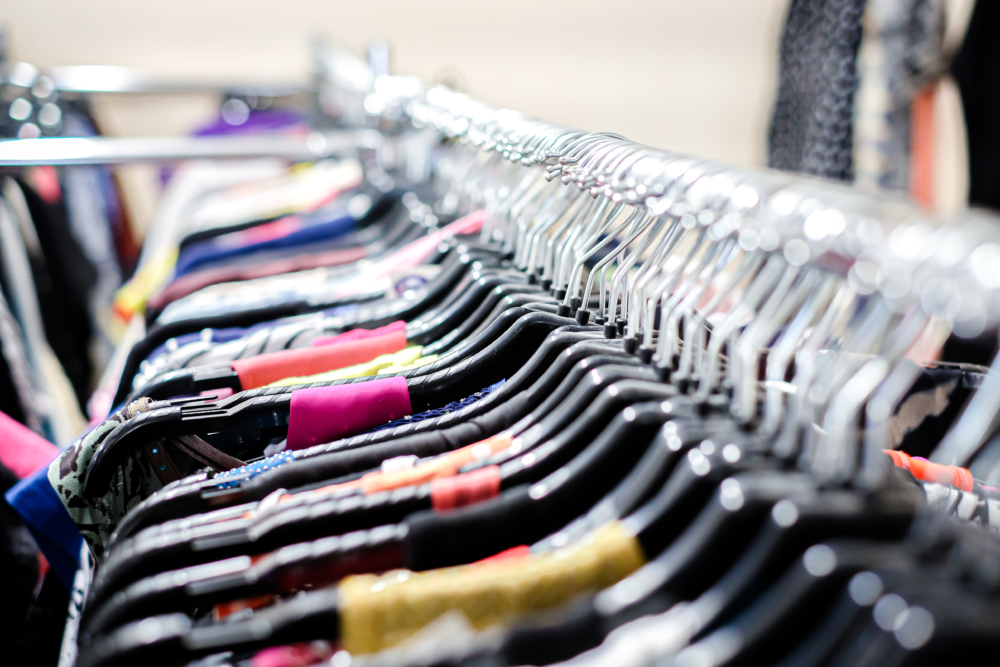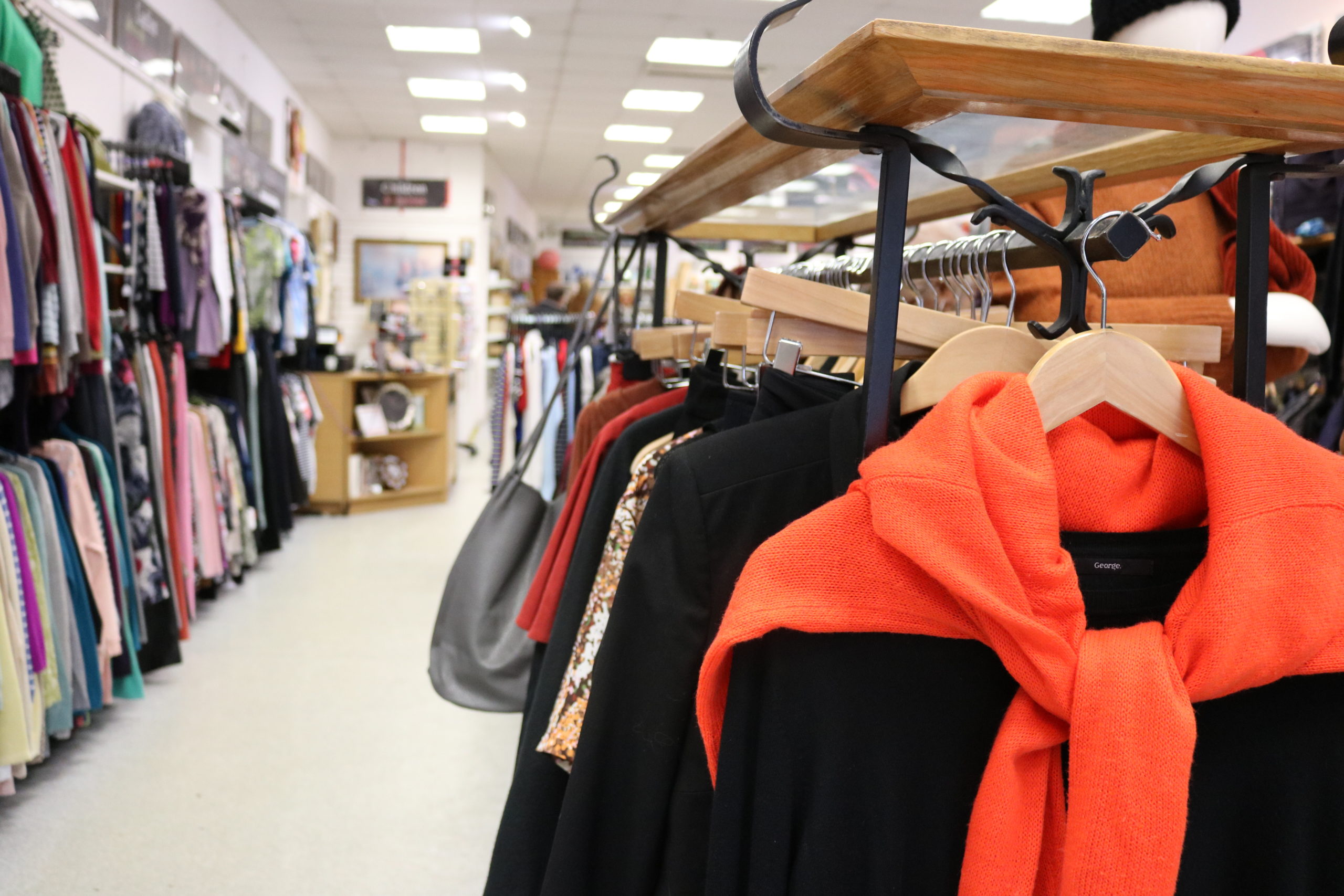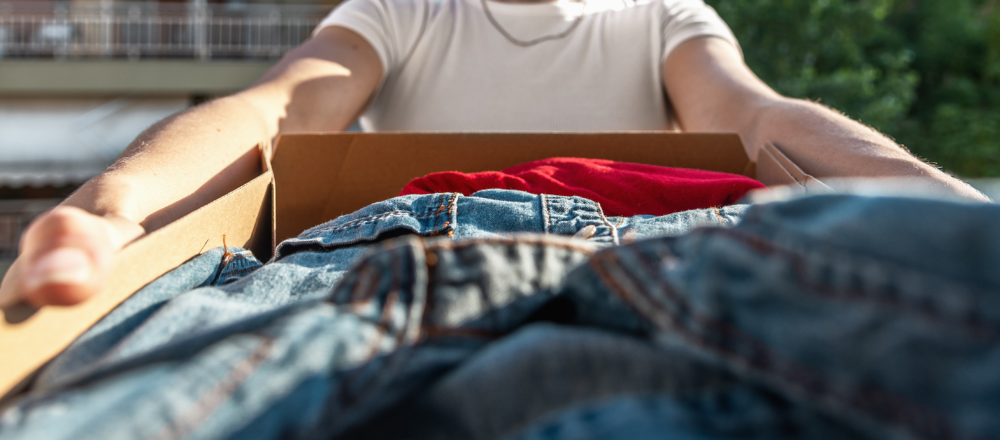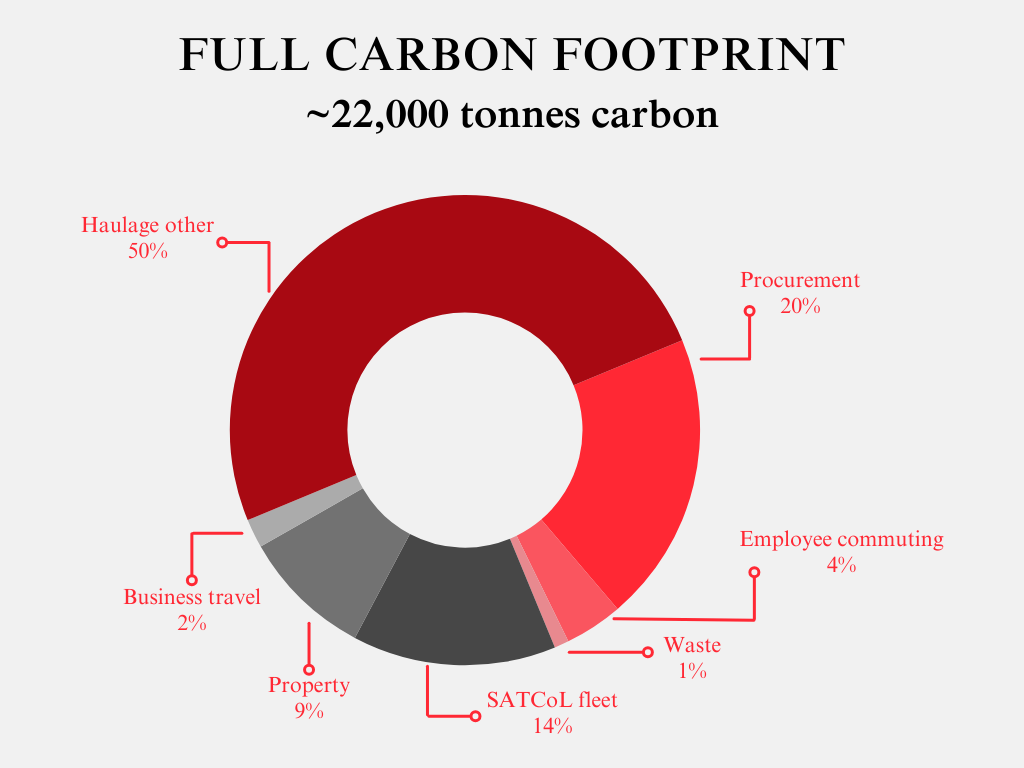Textile reuse
Enable reuse of 93,000 tonnes of textiles and other products by 2027 (a 35% increase in 5 years).
Thank you for supporting The Salvation Army Trading Company, and for helping us to reuse and recycle over 250 million donated items every year!
We want to do more, and our ambitious sustainability strategy sets out how we plan to:
“How wonderful it is that nobody need wait a single moment before starting to improve the world” – Anne Frank

We already facilitate the reuse and recycling of 250 million items a year and our aim is to do even more of that, through promoting and making it easier to shop second-hand as well as bringing new products and services to the market.

Encourage our customers to donate items and to shop second-hands.
Open more shops, and add more clothing collection banks.
Develop new projects and partnerships to help us increase reuse.
Increase repair and upcycling of clothing, furniture, electricals and other items.
Currently less than 1% of textile is recycled. Our aim is to further enhance our role in the development and delivery of a circular economy over the coming years and being a key enabler of textile-to-textile recycling.

Trial new technologies for sorting and preparing worn-out garments for recycling and develop our own Fibrefarm.
Support the development of different fibre recycling technologies.
Inspire the next generation of fashion students.
Collaborate with various universities.
Our own carbon emissions are relatively small. Especially compared to the amount of carbon emissions we help our customers avoid through enabling them to purchase second-hand items, rather than buying new. However, we need to play our part and have set ourselves some stretching targets.

Legend

SATCoL wins major eLearning award
SATCoL has received the Positive Community Impact Award for its notable achievements in using its eLearning platform to help drive a wider and positive societal change.
